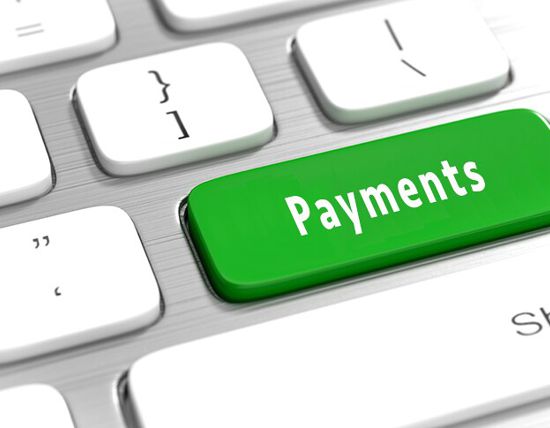COVID-19 and shifts in payment behaviour

26 May 2020
In the Chinese ideography, or written script, the characters for crisis and opportunity are a pair – the two are inextricably linked. In other words, a crisis situation also presents an opportunity, for someone, somewhere.
The COVID-19 pandemic is a crisis on a scale the world has not seen for a long time. As the infection curve begins to flatten, here and elsewhere, attention is turning to the economic recovery and, specifically, what the “new normal” looks like for different industries.
That was the subtext for the recent webinar hosted by AusPayNet, featuring UK-based futurist and payments expert David Birch, in which he posed the question: “what is the new normal for payments post-COVID-19 and will the crisis prove to have been an opportunity for the industry?”
Important trends emerging from the pandemic
On close inspection David Birch says, the answer is yes. On one hand, COVID-19 has driven down spending and, therefore, payments volumes. But on the other, it has triggered, or at least accelerated, subtle shifts in consumer behaviour which, as Birch points out, can have an outsized impact, for example:
- Growth in omnichannel commerce
While overall payment volumes during the pandemic are down, the share of e-commerce volumes and use of related embedded payments have increased as people in lockdown transact from home. It is not inconceivable, Birch says, that some small retailers that have closed bricks-and-mortar outlets during the pandemic will not re-open them but instead will invest in digital shopfronts. Omni-channel payments will evolve and grow accordingly.
- Move towards touchless payments
The shift away from cash, underway for many years, has accelerated during the pandemic. While the risk of COVID transmission by cash is disputed, the potential has seen merchants and consumers alike demanding payment be contact-free. Some shoppers who might have previously used cash are also being encouraged by merchants to use contactless and will likely have been converted during this period. According to Birch, this compression of the digital uptake cycle and shift to cashlessness puts the notion of central bank digital currencies (CBCDs) back on the policy agenda across the globe. With that comes the need to resolve important questions around inclusion and universal access to payments. - Distribution of government relief payments by digital methods
COVID-19 has seen digital payment methods come to the fore in other ways, such as in the deployment of Government stimulus payments. The US Government is starting to send nearly four million Economic Impact Payments to its citizens via a prepaid debit card, in particular to those who do not have a bank account. Other countries have also been utilising more efficient digital rails, including depositing small amounts into mobile money accounts where necessary. Birch surmises that Covid-19 could be another step in the transition to e-Government.
Longer-term shifts
Some of the more important implications for payments arising from the pandemic could actually be in what Birch describes as payment “adjacencies”, namely smart safety, digital identity (for individuals and organisations) and open banking. Here’s how:
- Smart safety. COVID-19 has opened up new avenues for the use of data. With contact-tracing apps using data as a shield for personal and community benefit, Birch asserts that consumers may become more open to using their own data to afford greater protection. Similarly, in payments, fraud prevention will remain a key priority, with machine learning and AI technologies using data to deliver enhanced anti-fraud mechanisms that benefit the consumer.
- Digital identity (consumer). Not only has digital authentication and onboarding been greenlit by the Financial Action Task Force (FATF), it is increasingly preferred. Digital wallet solutions can be expanded beyond payments to include digital IDs and digital health; the new normal could see public health information and alerts for crowd-limiting, for example built into mobile wallet functionality.
- Digital identity (organisations). Digital identity promises significant benefits for organisations, for instance, simplifying the supply chain and process of assessing buyer and supplier credit risk. This streamlined process will have a positive effect in fraud reduction. In the context of the COVID-19 response, digital identity could underpin the use of payments data in analytics-based cashflow forecasting for SMEs seeking liquidity from the growing number of SME-focused lenders.
- Open banking. The transition to the CDR regime is set to take effect from 1 July against a backdrop of significantly reduced economic circumstances. According to Birch, therein lies the opportunity for financial institutions to deliver on the key promise of open banking - customising an integrated suite of services to support the customer’s financial health, through better use and management of money.
David Birch provided thought-provoking insight into what the post-COVID payments landscape might look like. In years to come, the pandemic crisis of 2020 may prove to have been an opportunity - the catalyst for accelerating long-cycle trends and changes to consumer behaviour.


